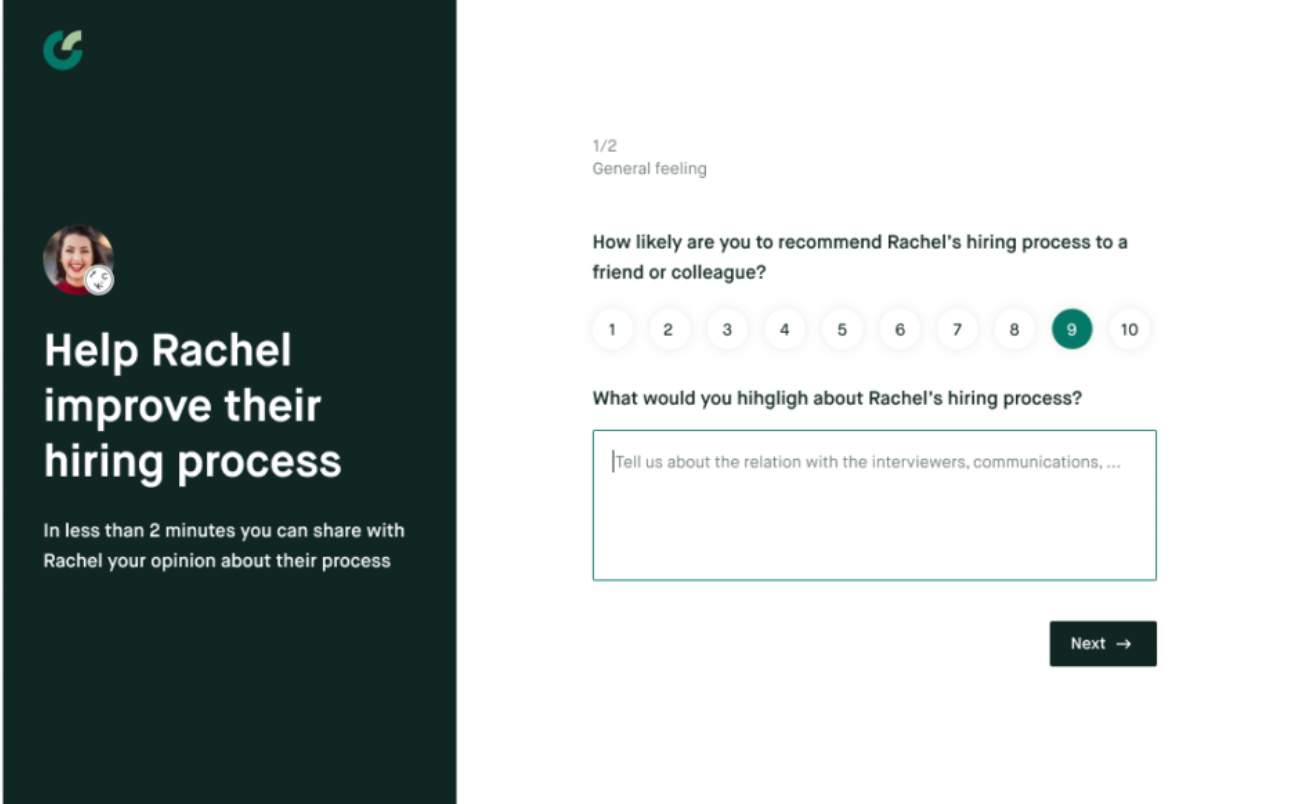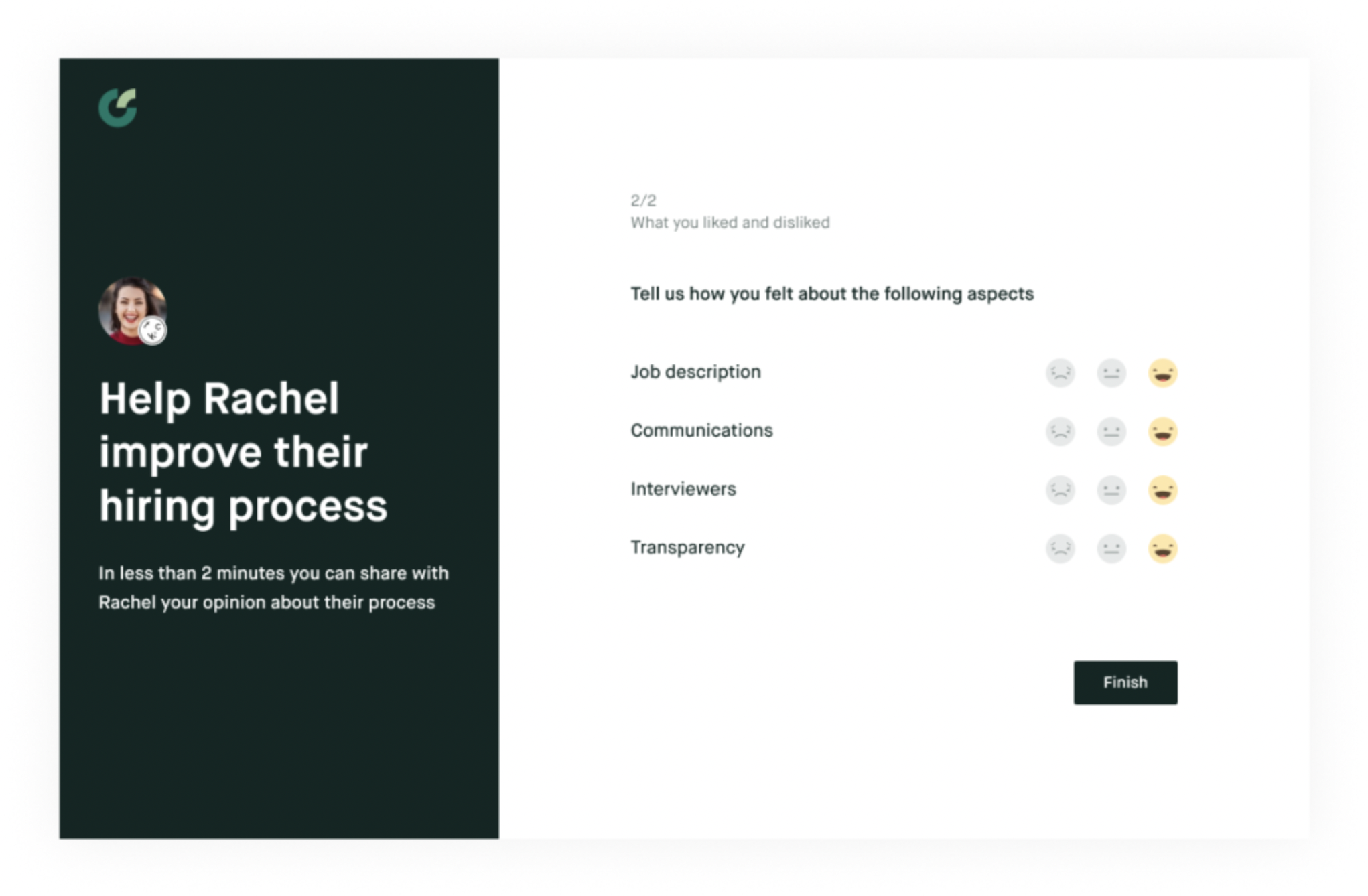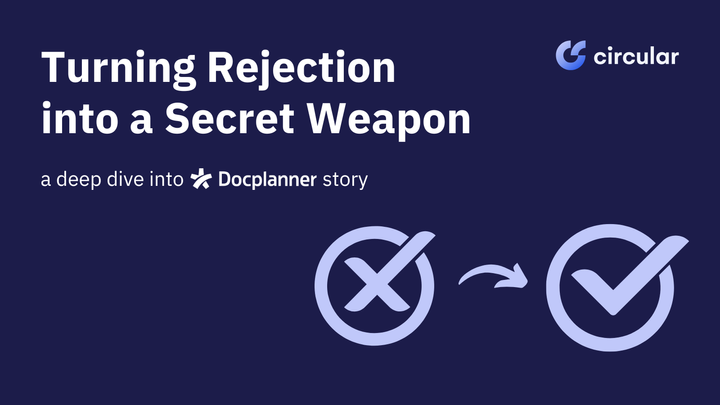How to Measure Candidate Experience
Companies try to improve their candidate experience throughout the hiring process, but how can we know that all these efforts are having an impact? Start measuring candidate experience.

You might be aware of how important good candidate experience is to prevent your organization from experiencing revenue loss. Companies try to improve their candidate experience throughout the hiring process by making the application process more user friendly and smooth, improving communications between the recruiter or hiring manager and the applicants, etc. But how can we know that all these efforts are having an impact? Start measuring candidate experience.
Know your drop-off rate
ERE shares a case study where a “particular company had a 75 percent applicant drop-off rate”. Out of 100 people who started the application, only 25 of them ended up as applicants. After running different tests, they were able to determine the problem and get their drop-off rate down to 4%. The highest abandonment rate often occurs during the application process. Abandonment rate here is the percentage of candidates who started completing your application forms and didn’t finish them. To track and analyze this metric, you need to use the following equation:

If your abandonment rate is higher than expected, now is the time to analyze the reasons why this phenomenon is happening. Don’t worry, unfortunately, it is more common than you think. The good thing is that if you manage to improve your abandonment rate, your employer brand will stand out among many other companies when it comes to candidate experience.
Optimize the job description, making it accurate and precise. Job seekers want to quickly understand what their day to day would look like. Set clear objectives and responsibilities and be transparent – you don’t want candidates to drop out during the onboarding process because the position is not what they were told it would be.
Shorten your application process, if possible, to avoid long forms that take hours to fill out. Applicants may lose their motivation if the process is too long. Learn more about how to optimize your application processes here.
Ask for feedback

Check candidates’ level of satisfaction. Do you already know where your candidate drop-off rate is at each stage of the hiring process? Try to get answers so you can pinpoint the weakest parts of the process.
Feedback after applying
If you are concerned about the number of applications you receive or you already know that most of the job seekers drop off during the application process, just ask. You may get some hints about why your application process doesn’t offer a good candidate experience by asking the most recent applicants. Here, we share some of the questions top recruiters ask:
- Did the job description help you understand the role?
- On a scale of 1 to 10, how easy was the application process for you?
Feedback after the interview
Within the 24 hours following a phone interview or an in-person interview, ask the candidate for their opinion. They may give you some feedback that helps you improve your candidate experience. Ask what they liked the most or least and whether they are still interested in the job offer.
Feedback after decision-making
This is probably the most common time to ask for feedback. Those candidates that were the most strongly considered to fill the job position are probably the ones that have experienced most of the various stages of the hiring process. Therefore, they are the ones who will have a more structured opinion about the employer brand and recruitment process. Questions that you could ask them after sharing the hiring decision are:
- How would you value the communication with the recruiter or hiring manager along the process?
- How likely would it be for you to apply again to a position at our company?
Remember that at this stage, rejected candidates appreciate being referred to other job positions; introduce them to some key people in your network or invite them to communities like Circular, where they can find other interesting job opportunities.
Feedback after onboarding

The final candidate has recently joined the company and they are building their first impressions about the organization, which are influenced by onboarding factors. Whether or not the employee has a positive candidate experience during the onboarding process will determine the level of commitment to the company, team, and their responsibilities. Some good questions to ask here are:
- Would you recommend that a friend apply and work at our company?
- What would you improve about the onboarding process?
- After reading the job offer and going through the interview process, and now that you are part of the team, is the process and position what you expected?
Send the candidate experience survey and know your Candidate NPS
What is a candidate experience survey?
We know that measuring candidate experience can seem very time consuming sometimes.
An alternative option that is more efficient
CNPS
Candidate Experience Survey.
At Circular, we’ve developed a free tool to measure the experience candidates have along the hiring journey, so every recruiter can try it without having to spend too much time.
Net Promoter Score (NPS) is a satisfaction metric commonly used to understand how much users love a product. It was originally introduced in 2003 in a Harvard Business Review article by Fred Reichheld as “The One Number You Need to Grow”. This measure has been adapted to hiring processes to understand how candidates feel about a recruitment process, from the application stage to onboarding. Candidate NPS, also known as CNPS, is obtained based on the question “How likely is it that you would recommend X to a friend or colleague?”. Candidates will need to give a score from 1 to 10 and results can be interpreted as follows:
Detractors (from 0 to 6), Passives (7 and 8), and Promoters (9 and 10).
The equation to calculate your CNPS is:

How does the Candidate Experience survey work?
The Circular Candidate Experience survey is based on two questions, a quantitative one and a qualitative one:
- One determining how likely they are to recommend your hiring process to a friend or colleague.

- What they liked and disliked about the hiring process regarding the job description, the communications, the interviewers and the transparency.

Sending the survey is very easy. You just need to gather the emails of the candidates you want to send the survey to, enter them, and press send. You’ll see candidates’ answers directly on your “Endorsements & surveys” page. Remember that surveys can be very useful at any stage of the hiring process.
- Once you are logged into your Circular account, click on “Endorsements & surveys”. You’ll find this tab on the very top part of the site.
- Then, click on the button “Send surveys”. Here you’ll be able to add the email addresses of those candidates you want to send the survey to. Before sending the survey, remember that you can endorse them to the community. Find more information about it here.
- When you’re ready simply click on “Send surveys” and they’ll immediately receive it in their inbox.
If you prefer, you can also add the link to your survey in an email (e.g. your rejection email). To do so:
- Go to Circular’s homepage and click on “Endorsements & surveys” as before.
- After clicking on the button “Send surveys” choose the second option “By link”.
- Copy the link that has been automatically created just for you and paste it in the email you want to send to the developer. They will be able to answer the survey questions simply by clicking on the link.
The CNPS will help you understand how positive your candidate experience is and tell you whether your hiring process needs to be optimized. The results are often shocking!
Experience and measure the process yourself
It is important to know how user-friendly the application process is at every stage, from the career page where the job position is posted and the job description, to the filling out online assessments and undergoing phone or in-person interviews.
How long does the application process take?
How would you like to prepare yourself for an interview?
What kind of info would you like to have in advance?
Try to pinpoint those key moments job applicants go through and experience them for yourself.
Evaluate your cost per hire
How expensive is your cost of acquisition? We all know that recruiting costs money. Recruiters need to advertise job vacancies on job boards, sponsor events, conduct interviews, and complete many other tasks in order to find the right candidate.
To calculate your cost per hire, the equation is:

Sometimes hiring costs can skyrocket and many recruiters must figure out how to decrease cost per hire without affecting recruitment quality. Candidate experience has a big impact on the cost per hire. Therefore, if you are implementing some improvements in your hiring process, you will probably see some variations in your hiring costs.



